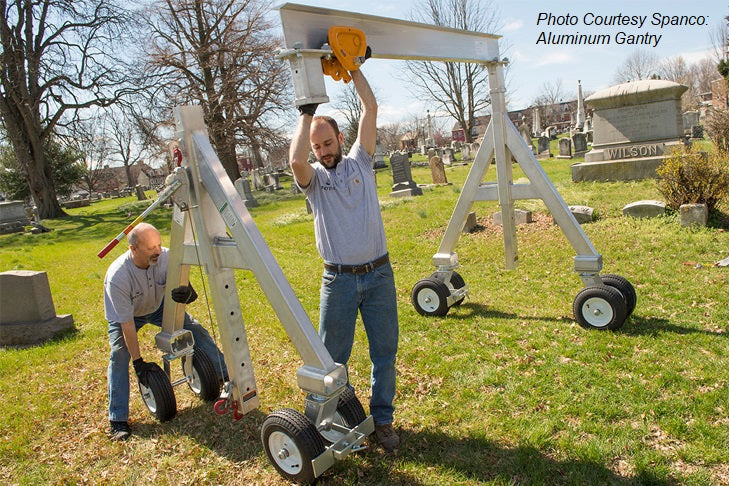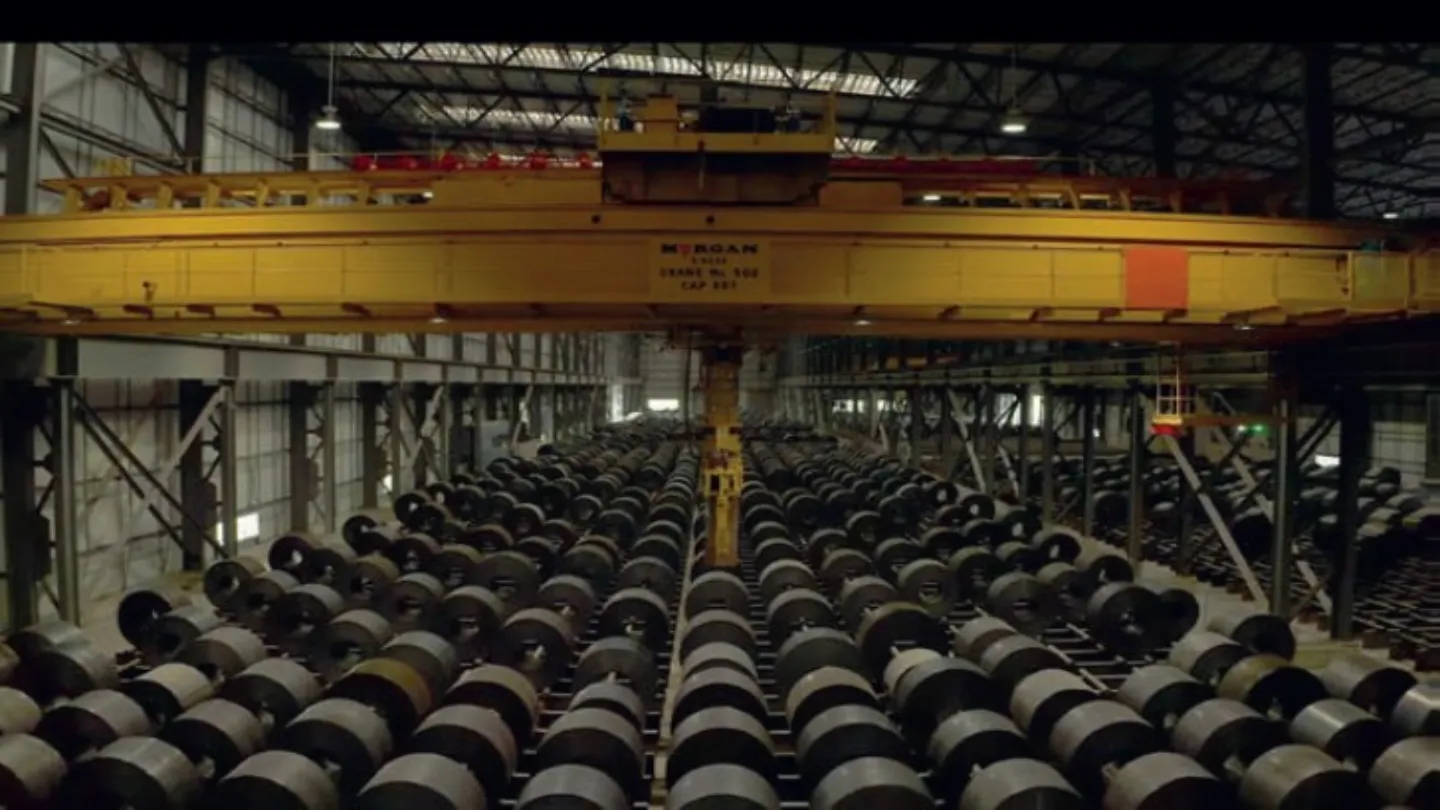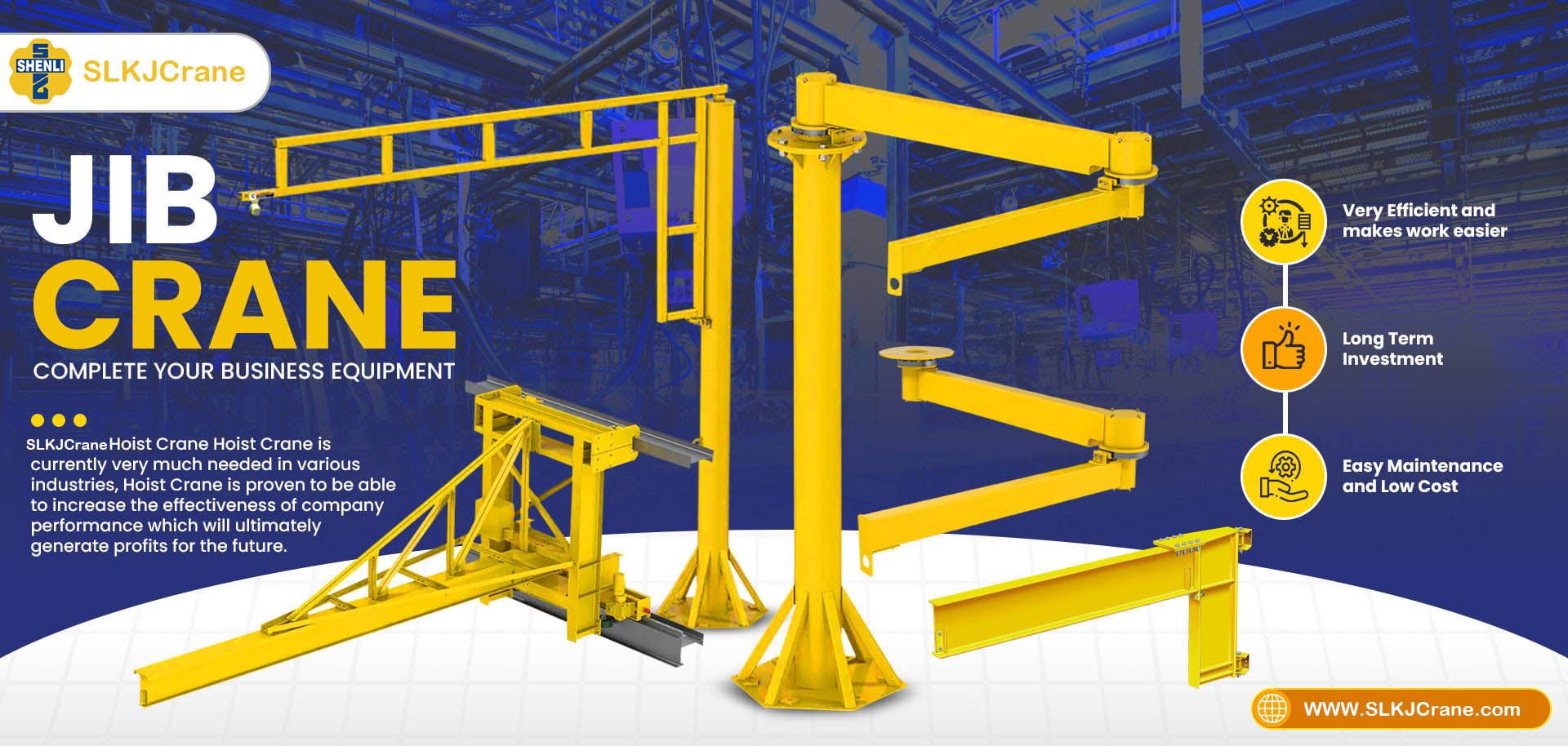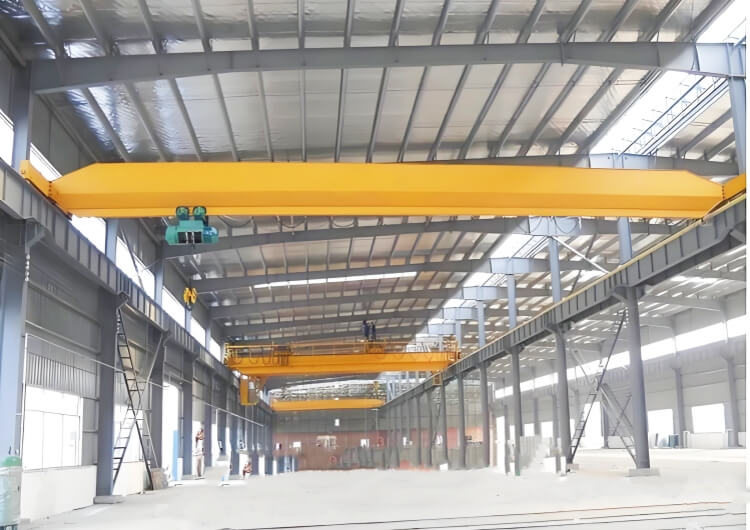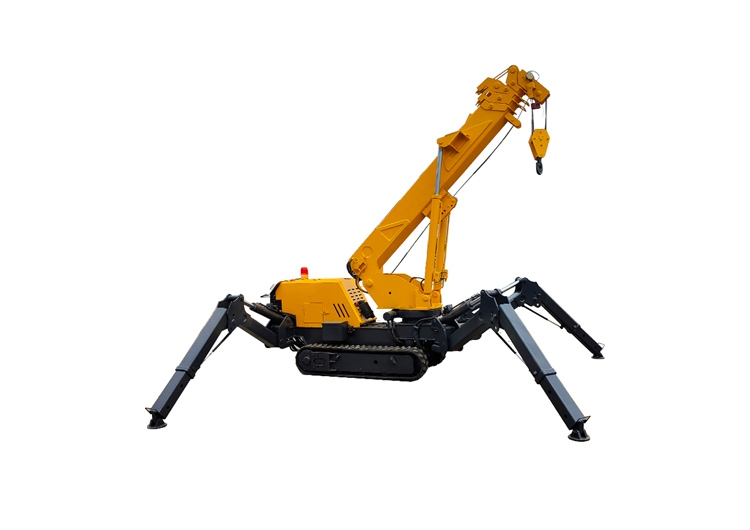Shipyard Chain Hoist Solution for Marine Salt-Mist Corrosion and Confined Spaces
Shipyards located in coastal and high-humidity regions—such as the UAE, Saudi Arabia, Oman, Malaysia, Vietnam, Indonesia, and Singapore—operate in a harsh marine environment where salt-mist corrosion and limited installation space are the two dominant constraints for lifting equipment.
Conventional industrial chain hoists often begin to corrode within months, causing sticking, torque reduction, and frequent maintenance shutdowns. A shipyard chain hoist is engineered specifically for marine applications, providing high corrosion resistance and low-headroom configuration suitable for engine rooms, hull sections, and assembly platforms.
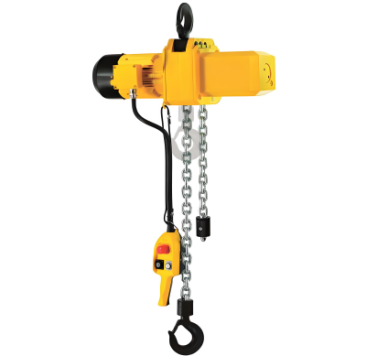
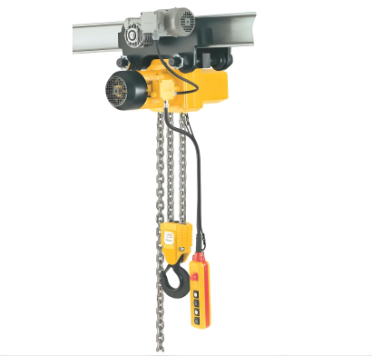
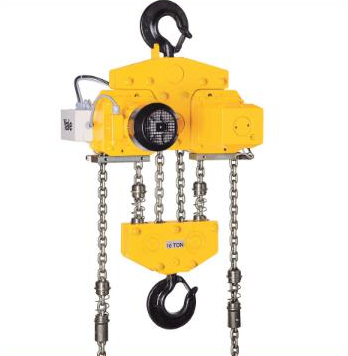
Electric chain hoists with a capacity of 2-50 tons for shipyards
1. Anti-Corrosion Adaptation for Salt-Mist and Coastal Shipyard Conditions
Marine air contains chloride particles that continuously attack exposed metal surfaces. To ensure long service life in a shipyard environment, the hoist must adopt marine-grade materials and protective coatings, compliant with widely recognized offshore durability standards.
1.1 Material & Component Selection (Marine-Grade Configuration)
| Component | Material / Treatment | Performance Standard | Marine Benefit |
|---|---|---|---|
| Load chain | 316L stainless steel (polished) | CCS salt spray ≥1000h | Anti-pitting & long-term durability |
| Motor housing | Aluminum die-cast + cathodic electrophoresis | C5M rating (DNV GL equivalent) | High resistance to chloride ingress |
| Electrical box | IP67 sealed junction box | ABS insulation ≥100MΩ | Moisture-proof & waterproof |
| Hook / reducer | PTFE or anticorrosion surface coat | Corrosion grade C5 | Protection under wave splash exposure |
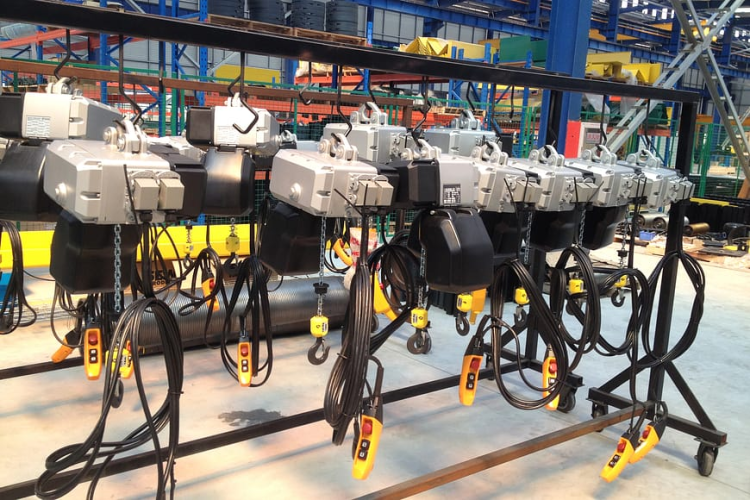
1.2 Additional Corrosion Control for High-Salt Areas
For open dockyards, ship launching platforms, and block assembly lines near seawater:
Chain lubrication every 200 operating hours using marine anti-rust grease
PTFE protective coating at hook / gearbox exposed sections
Optional humidity sensor: when >85% RH → automatic dehumidification / anti-condensation
(These adjustments are especially suitable for Saudi Arabia offshore yards, UAE coastal docks, Vietnam/Indonesia monsoon seasons.)
2. Space Optimization: Low-Headroom Design for Confined Shipbuilding Areas
Traditional chain hoists lose usable lifting height because of large headroom. In marine shipbuilding, every millimeter of vertical clearance matters.
2.1 Headroom Calculation (Engineering Formula)
Application Example (5 ton shipyard chain hoist):
| Location | Headroom (H1) | Lift Height (H2) | Safety Margin (H3) | Total Clearance |
|---|---|---|---|---|
| Engine room | 210mm | 4m | 500mm | 4.71m |
| Block assembly | 350mm | 3m | 400mm | 3.75m |
This low-headroom configuration allows the hoist to be installed inside cabins, hull compartments, and prefabrication zones where normal hoists cannot fit.
3. Installation Strategy for Different Shipyard Environments
(Engine room · Hull assembly · Dockyard open area)
Unlike general factory installations, shipyard lifting points vary widely in humidity, clearance, and working radius. Therefore, installation planning must be scenario-based.
3.1 Pre-installation Assessment (Marine Conditions Checklist)
| Assessment Item | Requirements | Purpose |
|---|---|---|
| Salt-mist concentration | >5000 ppm near coastal docks | Determines corrosion grade |
| Clearance measurement | Laser measurement of lowest structural height & turning radius | Confirms headroom and trolley radius |
| Power source | 380V/50Hz (electric) or 0.6–0.8 MPa (air hoist) | Confirms drive type / industrial supply |
| Safety condition | Confirm overhead obstruction | Avoids collision during lifting |
3.2 Required Tools for Safe Marine Assembly
| Category | Tools |
|---|---|
| Core tools | Explosion-proof wrench, stainless steel slings, laser alignment |
| Auxiliary | Anti-rust primer, marine waterproof tape |
| For dockyard conditions | Salt-resistant chain lubricant |
4. Installation Procedures by Working Area
4.1 Cabin / Engine Room (Confined Spaces)
Rail pre-assembly → surface grinding for smooth travel
Hoist lifting using a temporary auxiliary chain hoist
Electrical termination inside sealed IP67 junction box
Surface re-coating at exposed joints to prevent corrosion
4.2 Hull Section Assembly / Block Fabrication Area
Rail positioning → parallel tolerance ≤1 mm/m
Trolley clearance setting: 0.5–1 mm
Synchronization adjustment for multi-unit installation → deviation ≤5%
Operational simulation using counterweights → ensure no collision or swing
4.3 Temporary Dockside or Outdoor Use
For outdoor lifting without fixed rails, use mobile or adjustable-height gantry for rapid deployment.
This method is widely applied in UAE dry docks and Indonesian prefab shipyards.
For large-span outdoor applications, shipyards often pair the chain hoist with a shipbuilding gantry crane:
https://www.slkjcrane.com/gantry-cranes/ship-building-gantry-cranes/
5. Acceptance & Verification Standards (Shipyard Condition)
| Inspection Item | Criteria |
|---|---|
| Corrosion protection | No exposed coating defects, bubbles, or peeling |
| Space fit | Clearance ≥100 mm from surrounding structure |
| Function test | 3× no-load trial; braking slip ≤1% of lifting height |
These acceptance criteria ensure long-term operation in humid, chloride-heavy atmospheres, especially near open-sea docks or partially enclosed hull compartments.
6. Troubleshooting Under Marine Salt-Mist Exposure
6.1 Corrosion-Related Failures & Solutions
| Issue | Checkpoint | Corrective Action | Inspection Interval |
|---|---|---|---|
| Chain sticking / stiff movement | Surface oxidation / pitting marks | Diesel flushing → re-lubricate with marine rust-proof grease | Every 15 days |
| Motor malfunction | Condensation inside junction box / coil moisture | Drain → dry winding → confirm insulation > 50MΩ | Every 30 days |
| Hook rotation not smooth | Bearing corrosion / salt intrusion | Replace with stainless bearing + marine grease | Every 20 days |
6.2 Space / Clearance-Related Failure
| Issue | Cause | Solution |
|---|---|---|
| Trolley stuck at curve | Turning radius too small / wheel gap incorrect | Replace with larger arc rail or adjust 0.5–1 mm clearance |
| Lifting stroke insufficient | Incorrect headroom calculation or low-set limiter | Readjust limiter or select low-headroom configuration |
7. Shipyard Maintenance Plan (Based on Marine Duty Cycle)
| Frequency | Work Content |
|---|---|
| Daily | Check chain condition + hook latch security |
| Every 30–50 hours | Re-lubricate chain (zinc/marine rust-proof oil) |
| Monthly | Inspect coating integrity; if rust >5% → reapply protective layer |
This maintenance plan extends working life 3–5× longer than untreated hoists in coastal environments — especially in Saudi Arabia coastal yards and Vietnam monsoon zones, where condensation is persistent.

Expert in Overhead Crane/Gantry Crane/Jib Crane/Crane Parts Solutions
Eileen Hu
With 20+ years of experience in the Crane Overseas Export Industry, helped 10,000+ customers with their pre-sales questions and concerns, if you have any related needs, please feel free to contact me!
FAQ
316L stainless steel chain + C5M-coated housing is recommended.
Yes. The low-headroom design is specifically engineered for confined marine spaces.
Yes. It can be paired with a mobile gantry for open-yard lifting.
Chain lubrication every 30–50 hours and monthly corrosion inspection.
Working load, lifting height, installation space condition, and corrosion grade.
Why marine shipyards need C5M corrosion-resistant chain hoists
Shipyard Chain Hoist Solution for Marine Salt-Mist Corrosion and Confined Spaces Shipyards located in coastal and high-humidity regions—such
Portable Aluminum Gantry Crane | Adjustable, Foldable & Lightweight Lifting System
Portable Aluminum Gantry Crane: Adjustable, Easy to Move, Ideal for Narrow-Space Lifting Handling heavy loads in confined or
Overhead Steel Crane Systems for Steel Plants
Overhead Crane Systems for Steel Plants: Key Applications and Efficiency Improvement | SLKJCrane Why Steel Plants Cannot Operate
5 Key Factors for Selecting the Right Jib Crane
5 Key Factors for Selecting the Right Jib Crane: A Complete Guide from Parameters to Budget Introduction A
Contact Us Now
Have questions about our cranes or need help?
Reach out to our friendly team for expert support and guidance.
We are here to help you power your journey towards a greener future !
Address: Crane Industry Park, Xinxiang City Henan Provice

